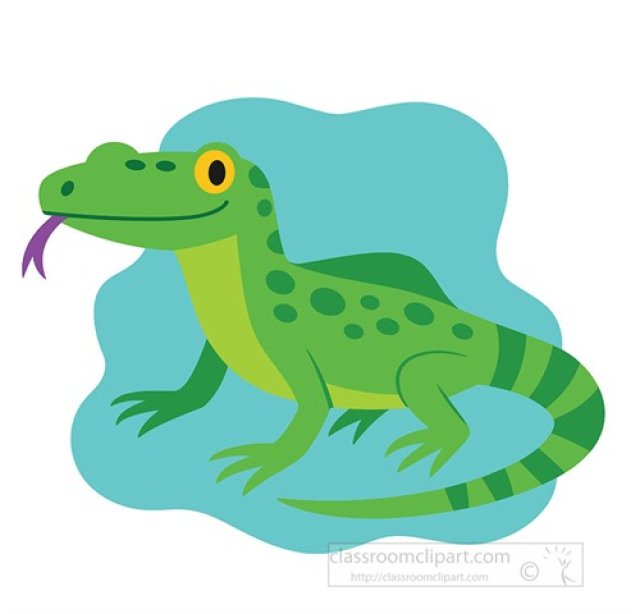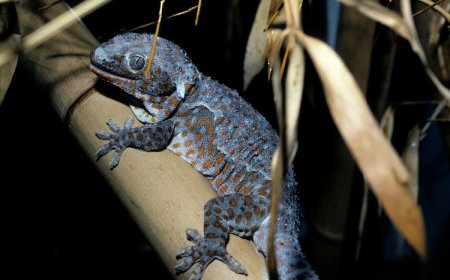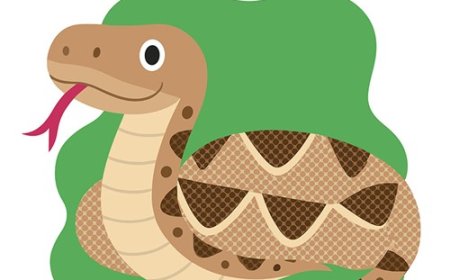Monitor Lizard Facts for Kids – Powerful Reptiles of the World
Discover the size, strength, and hunting skills of monitor lizards found across Africa, Asia, and Oceania

Monitor Lizard Facts for Kids - Powerful Reptiles of the World
Scientific Name and Classification
-
Common Name: Monitor Lizard
-
Scientific Name: Varanus (genus - includes over 70 species)
-
Kingdom: Animalia
-
Phylum: Chordata
-
Class: Reptilia
-
Order: Squamata
-
Family: Varanidae
-
Genus: Varanus
-
Species: Varies by species (e.g., Varanus salvator - Water Monitor, Varanus niloticus - Nile Monitor)
🐍 Introduction
Monitor lizards are large, strong reptiles found across Africa, Asia, and Oceania. They are known for their muscular bodies, long tails, sharp claws, and forked tongues.This group includes some of the world's largest lizards, such as the Komodo dragon, as well as smaller but equally powerful species. Many monitor lizards are excellent climbers, swimmers, and runners, making them skilled hunters.
🦎 Appearance
Most monitor lizards have long, streamlined bodies with sturdy legs and sharp claws. Their skin is covered in small, tough scales that can be gray, brown, green, or patterned with spots and stripes.They have long, muscular tails used for balance, swimming, and defense. Their forked tongues work like those of snakes, helping them "smell" their surroundings by picking up scent particles.
🌍 Habitat
Monitor lizards live in a wide range of habitats including rainforests, savannas, deserts, rivers, and coastal areas. Some species, like the water monitor, are semi-aquatic and spend much of their time in or near water, while others live in dry, open landscapes.
🍽 Diet
Monitor lizards are carnivores and opportunistic feeders. They eat insects, fish, birds, eggs, small mammals, and even carrion (dead animals). Large species can hunt bigger prey, using strength and sharp teeth to overpower their meals.
🔄 Life Cycle
Most monitor lizards lay eggs, with clutch sizes ranging from 7 to over 30 depending on the species. Eggs are usually buried in soil, sand, or termite mounds to keep them warm until they hatch.Young monitors are independent from birth and grow quickly, reaching full size in a few years. Lifespans vary, but many live 10-20 years in the wild, and even longer in captivity.
🐾 Behavior and Social Structure
Monitor lizards are generally solitary except during mating season. They are active hunters, using a combination of speed, strength, and intelligence to find food.Some species are excellent climbers, using trees for hunting or resting, while others are strong swimmers, diving underwater to catch fish or escape predators.
🛡 Conservation Status
-
IUCN Red List: Varies by species - some are Least Concern, while others are Vulnerable or Endangered.
-
Main Threats: Habitat destruction, hunting for skin and meat, and the exotic pet trade.
-
Conservation Efforts: Legal protections in some countries, wildlife reserves, and breeding programs for endangered species.
🎭 Cultural Significance
In some cultures, monitor lizards appear in folklore and are sometimes feared or respected for their strength. In parts of Southeast Asia, the water monitor is both respected as a pest controller and hunted for its meat and leather.
✨ Fun Facts
-
Some species can run on their hind legs for short distances.
-
The water monitor is one of the fastest swimming lizards.
-
They are among the most intelligent reptiles, capable of problem-solving.
-
Some species can climb tall trees to hunt or escape danger.
📌 Key Takeaways
-
Large, strong reptiles found across Africa, Asia, and Oceania.
-
Carnivores that eat a wide variety of prey.
-
Adapted for climbing, swimming, and running.
-
Mostly solitary except during mating.
-
Conservation status varies by species.
🐾 Kid-Friendly Summary
Monitor lizards are big, strong reptiles that can climb, swim, and run very well. They live in many parts of the world and eat almost anything they can catch. Some are among the smartest reptiles, able to figure out how to get to food and avoid danger.
📚 Vocabulary Words
-
Carnivore - An animal that eats only meat.
-
Opportunistic feeder - An animal that eats whatever food is available.
-
Carrion - Dead animals eaten by predators and scavengers.
-
Semi-aquatic - Living both in water and on land.
-
Clutch - A group of eggs laid at one time.
-
Solitary - Preferring to live alone.
-
Predator - An animal that hunts other animals.
-
Intelligence - The ability to think, learn, and solve problems.
🧠 Interactive Quiz
-
What do monitor lizards use their forked tongues for?
A. Eating
B. Smelling
C. Drinking
D. Cooling off
-
True or False: All monitor lizards live in dry deserts.
-
What type of food do monitor lizards eat?
A. Only plants
B. Only fish
C. Meat and a variety of prey
D. Only insects
-
Where might a water monitor spend most of its time?
A. In caves
B. In the ocean
C. Near rivers and lakes
D. In tree tops
-
What is a group of eggs called?
A. Nest
B. Clutch
C. Colony
D. Pack




















































